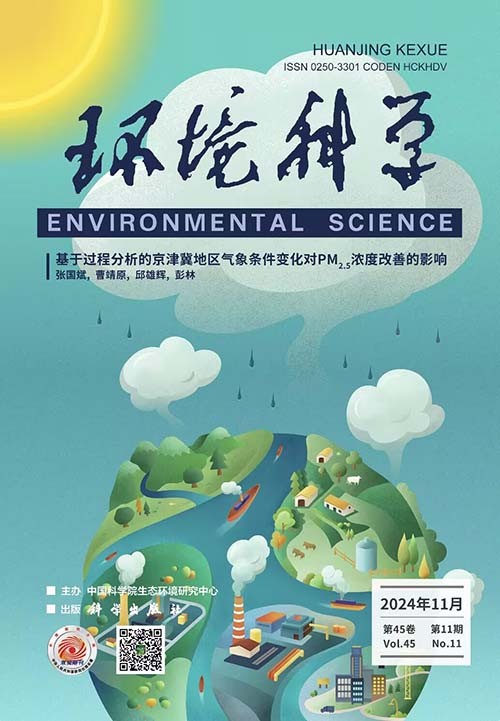[Characteristics and Driving Mechanisms of Supply and Demand Matching of Water Supply Services in the Yangtze River Economic Belt Based on the Perspective of Service Flow].
Abstract
Water supply service is the basis of human survival and development, and mastering the dynamic balance of water resources is important for regional water resources management and high-quality development. Taking the Yangtze River Economic Belt as the study area, we use the InVEST model and the socio-economic development perspective to quantitatively assess the supply and demand of water supply services. Utilizing the ESDR and Z-score indexes, we reveal the spatial matching relationship of these services. Additionally, we construct a water supply service flow model by combining the D8 flow method and depth-first search. Through hotspot analysis and service flow spatial pattern, we categorize the study area into supply area, connection area, and demand area. We explore the influencing factors affecting the matching relationship between supply and demand of water supply service in each area from three perspectives: natural and social. The results show that: ① The water supply of the Yangtze River Economic Belt increased from 910 billion m3 in 2000 to 1 030 billion m3 in 2020, and the demand first rose and then fell. ② The ESDR of water supply service rose from 0.17 to 0.24, and the deficit range continued to contract. The spatial relationship between supply and demand was dominated by HL-type spatial mismatch clusters, and HL-type and LH-type spatial mismatch clusters transferred to HH-type and LL-type spatial match clusters. ③ The water supply service flow in the Yangtze River Economic Belt took the water system river network as the main flow path. The negative proportions of the flow in 2000, 2005, and 2010 were 1.2%, 1.7%, and 3.7%, respectively, and in 2015 and 2020 they were 2.2% and 1.3%, respectively, with the negative proportion increasing and then decreasing. ④ The dominant factor affecting the supply-demand matching relationship in the supply zone was precipitation (q = 0.44), the contribution of the influence factors in the connectivity zone were all low, and the dominant factor affecting the demand zone was the share of construction land (q = 0.29). The interaction between precipitation and other influencing factors was stronger in the supply and connection zones, while the interaction between socio-economic category factors was significantly stronger in the demand zone. The results of the study can provide scientific references for the management of water resources in the Yangtze River Economic Belt and the ecological compensation mechanism of the basin.

 求助内容:
求助内容: 应助结果提醒方式:
应助结果提醒方式:


